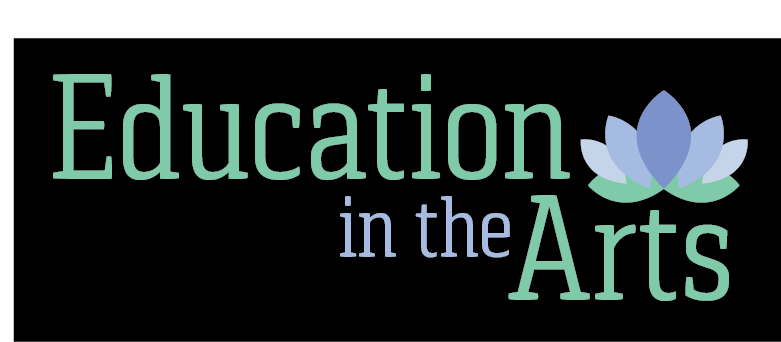Welcome!
Art, Language and Music wonderfully enhance life!
Enrich the lives of those you teach with the arts.
Check out the best selling lesson plans from Education in the Arts on The Art of Art Appreciation (grades Pre-6) and English as a Second Language (Middle School). Coming soon….Discovering Classical Music and Appreciating Poetry.
Philosophy for The Art of Art Appreciation: Enjoy the beauty of the art. Forget about all the analyzing.
Monet said, “Everyone discusses my art and pretends to understand, as if it were necessary to understand, when it is simply necessary to love.”
- Each lesson includes: the artwork, questions and answers, activities for further learning, and a small introduction to the artist.
- Currently there are 34 artists and 62 paintings to choose from.
- You will find a wide spectrum of art from the following art periods/movements: renaissance, baroque, romanticism, realism, impressionism, post-impressionism, expressionism, cubism, surrealism, abstract, pop, contemporary, Edo, and Victorian.
- The art originates from a variety of countries including: Italy, France, England, Japan, USA, Denmark, Netherlands, Spain, and Norway.
Use the free download, Degas Blue Dancers, to have a look at what a lesson is like. To see another lesson, just click on the one you want to see and the thumbnails appear. If you have questions about any of them, contact me HERE.
Philosophy for English as a Second Language: English has form and patterns that can be taught, just like any other language.
- The lessons include: Vocabulary, Pronunciation, Reading, Writing, Spelling, Grammar, Dictation, Study Skills, Simple paragraph analysis, and Poem analysis.
- Each topic includes worksheets, games, instructions for teachers, other teaching tools, suggested schedule and more.
- It is a ready-made combination for the success of the student as well as the teacher.
Come back soon and find out how Classical Music (Baroque, Classical and Romantic) lifts the soul, and how poetry can evoke multi-dimensional responses when it is understood.
